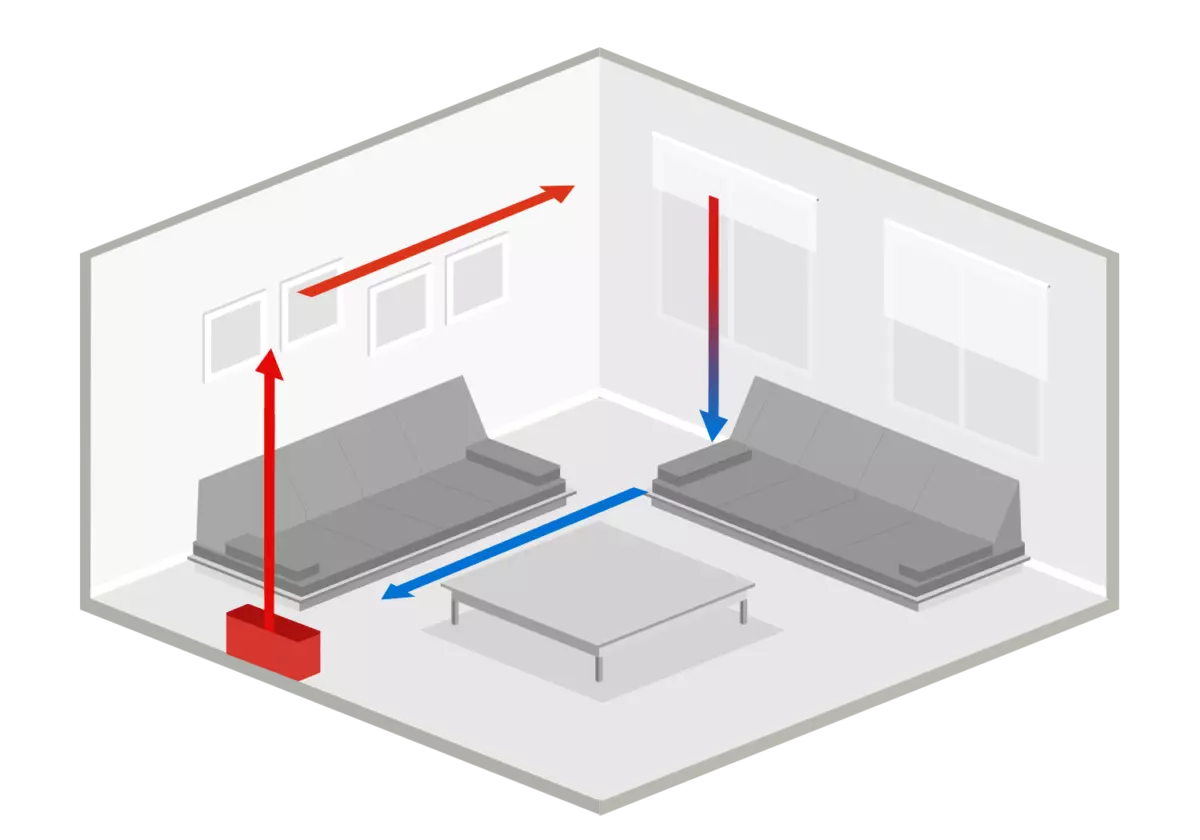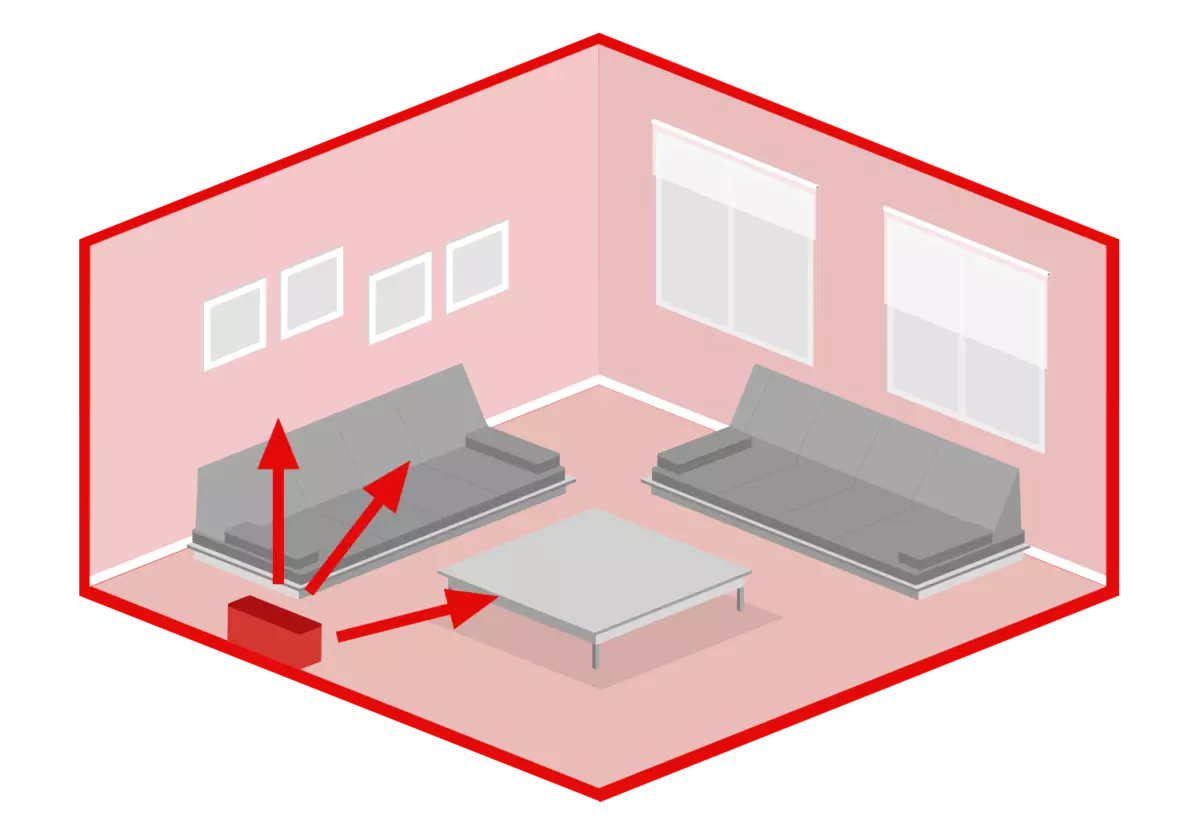Energy-com baseboard heaters are manufactured by us in Germany and are characterised by first-class material quality, high energy savings and simple installation. Whether you decide on a water-carrying baseboard or on a electric baseboard heaters, one thing is certain: you are choosing a modern heating technology that ensures a pleasant indoor climate. The performance data of our baseboard heaters also speak for themselves! We have compiled all the important information about assembly, installation, performance and more.
Find out what needs to be considered during installation and how the installation of our baseboard heaters can be implemented quickly and easily.
We have created a selection of videos for you that show you how to connect our products.

Radiant and convection heating methods are based on two completely different physical processes. Convection heating heats only the air in the room to be heated, whereas radiant heating heats the outside wall and the objects in a room. Convection heating therefore uses the effects of thermodynamics. In contrast, with radiant heat, the theory of quantum mechanics comes into play. Radiant heat creates a much more pleasant room climate than convection heating. Radiant heating does not develop air circulation and the room air is perceived as less dry. In addition, the radiant heat means that mould can no longer form, as condensation only forms when air cools down. For this reason, this heating system is extremely suitable for allergy sufferers.

We are familiar with the method of radiant heat from everyday life thanks to the sun's rays, which heat the objects on which they strike. In our own home, we can now benefit from this method and continuously generate cosy temperatures by means of radiant heating. Here, too, only solid and liquid objects are heated, which give off the heat to the room. The air, however, is diathermic, i.e. permeable to the heat rays that are generated. This means that the temperature of the room air can be kept cooler, which is perceived as much more pleasant than when using convection heating. The infrared rays used in radiant heating are electromagnetic waves. Their wavelength used in radiant heating is in the range of 2 to 50 μm, which is completely harmless.
In this section you will find all information on our products clearly sorted by categories, which you can conveniently download in PDF format.